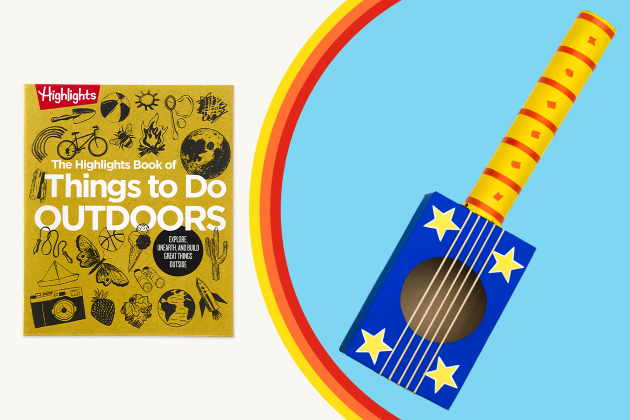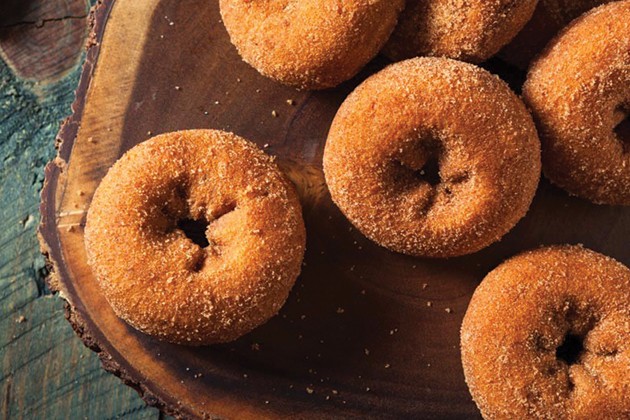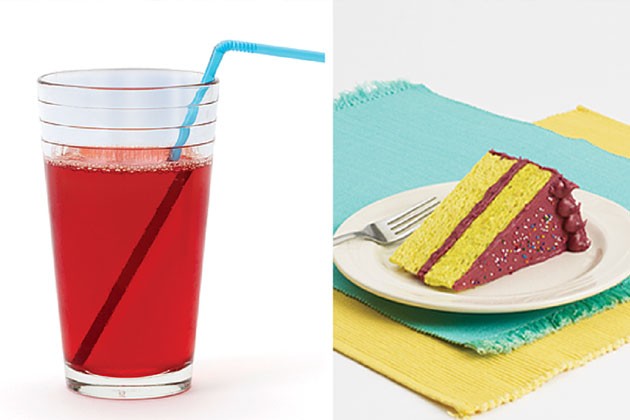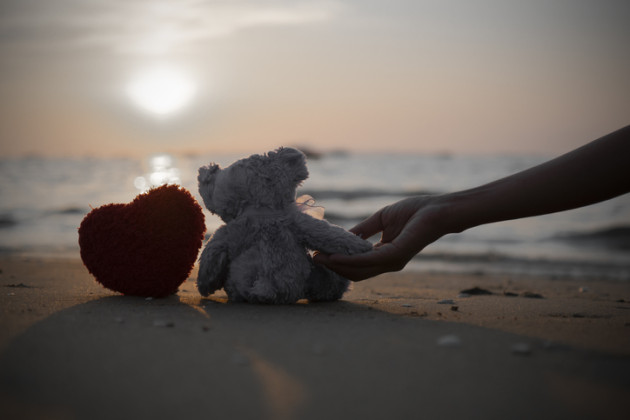The Serious Value of Silly Sounds

Language development experts call them “environmental sounds.” These funny noises include animal sounds, sounds that represent motion (like the “vroom!” of a car or the “wheee” you might make while a ball is rolling) and household sounds, such as the ring of a doorbell. Not only are they fun to say, they are an important step on your baby’s path to language development.
What’s Special About These Sounds
Environmental sounds are simple (one syllable) and repetitive, so they’re easy for little ones to produce. They give your baby practice at making sounds and combining them together: “Mmm” plus “oooo” makes “moo” or “nnn” plus “ay” makes “neigh.” Your child may begin to produce these sounds not long after their first birthday, after your baby has a vocabulary of a few words and gestures.
These fun-to-make sounds also let your baby show the associations between sounds and the animals or objects that make them: a train goes “Choo! Choo!” and a dog goes “Woof! Woof!” You can have a back-and-forth exchange about them, which is good conversational practice. Some environmental sounds show cause and effect too. For example, when the timer dings, our food is ready to eat; when the phone jingles, we can talk to Grandpa.
Play with Silly Sounds
Now that you know this, you can feel a little less silly when you’re making barnyard noises with your baby. Note that this isn’t “baby talk,” which is less useful for young children who are learning to speak. Use “bottle” instead of “baba” so your baby hears real words; your child will pick up on them eventually.
This is why you’ll want to use your silly sounds in context, to help your baby make the connection between the sound, the word and the thing (or critter) it represents. Say “A dog goes ‘Woof! Woof!’” when you’re playing with a toy dog together, or when you’ve spotted a dog at the park or in the pages of a book. Point out the sounds you hear around you, like birds chirping or the rumble of a passing garbage truck. And pour on the praise when your baby tries to bark or meow—even if your child doesn’t get the sound completely correct. More ways to play:
- Add sound effects
If your child likes to play with toy cars, make engine sounds (“Vroom! Vroom!”) while your child drives them. Add a whistle sound to start a race. If your baby has a play kitchen, you could say “Ring! Ring! I hear the timer. Your cookies are all done!”
- Sing songs
Classics such as “Old McDonald Had a Farm” and “The Wheels on the Bus” are packed with fun sounds for your baby to chime in on.
- Mix it up
Once your little one has started to moo and baa with gusto, let your baby set you straight when you make a mistake. Enthusiastically neigh “like an elephant” or crow “like a puppy.” Your little one will love letting you know how wrong you are.
- Craft it
This simple wind chime activity lets you talk about the “click-clack” sounds the wooden sticks make. Add jingle bells for another sound option to enjoy and imitate.
Enjoy meaningful time together and introduce babies and toddlers to their world. It’s never too early!









